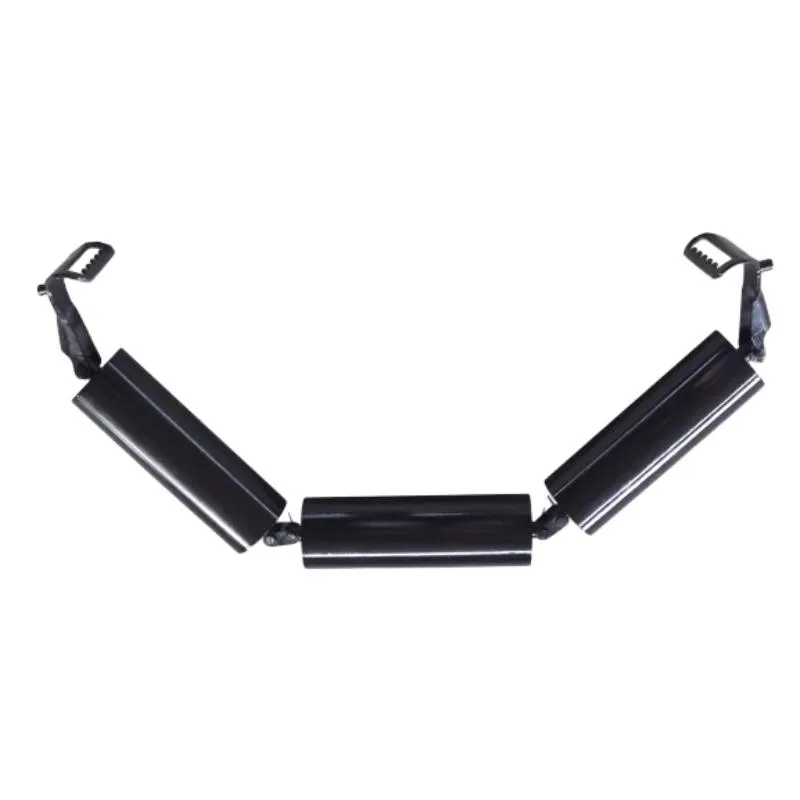 Afrikaans
Afrikaans  Albanian
Albanian  Amharic
Amharic  Arabic
Arabic  Armenian
Armenian  Azerbaijani
Azerbaijani  Basque
Basque  Belarusian
Belarusian  Bengali
Bengali  Bosnian
Bosnian  Bulgarian
Bulgarian  Catalan
Catalan  Cebuano
Cebuano  Corsican
Corsican  Croatian
Croatian  Czech
Czech  Danish
Danish  Dutch
Dutch  English
English  Esperanto
Esperanto  Estonian
Estonian  Finnish
Finnish  French
French  Frisian
Frisian  Galician
Galician  Georgian
Georgian  German
German  Greek
Greek  Gujarati
Gujarati  Haitian Creole
Haitian Creole  hausa
hausa  hawaiian
hawaiian  Hebrew
Hebrew  Hindi
Hindi  Miao
Miao  Hungarian
Hungarian  Icelandic
Icelandic  igbo
igbo  Indonesian
Indonesian  irish
irish  Italian
Italian  Japanese
Japanese  Javanese
Javanese  Kannada
Kannada  kazakh
kazakh  Khmer
Khmer  Rwandese
Rwandese  Korean
Korean  Kurdish
Kurdish  Kyrgyz
Kyrgyz  Lao
Lao  Latin
Latin  Latvian
Latvian  Lithuanian
Lithuanian  Luxembourgish
Luxembourgish  Macedonian
Macedonian  Malgashi
Malgashi  Malay
Malay  Malayalam
Malayalam  Maltese
Maltese  Maori
Maori  Marathi
Marathi  Mongolian
Mongolian  Myanmar
Myanmar  Nepali
Nepali  Norwegian
Norwegian  Norwegian
Norwegian  Occitan
Occitan  Pashto
Pashto  Persian
Persian  Polish
Polish  Portuguese
Portuguese  Punjabi
Punjabi  Romanian
Romanian  Russian
Russian  Samoan
Samoan  Scottish Gaelic
Scottish Gaelic  Serbian
Serbian  Sesotho
Sesotho  Shona
Shona  Sindhi
Sindhi  Sinhala
Sinhala  Slovak
Slovak  Slovenian
Slovenian  Somali
Somali  Spanish
Spanish  Sundanese
Sundanese  Swahili
Swahili  Swedish
Swedish  Tagalog
Tagalog  Tajik
Tajik  Tamil
Tamil  Tatar
Tatar  Telugu
Telugu  Thai
Thai  Turkish
Turkish  Turkmen
Turkmen  Ukrainian
Ukrainian  Urdu
Urdu  Uighur
Uighur  Uzbek
Uzbek  Vietnamese
Vietnamese  Welsh
Welsh  Bantu
Bantu  Yiddish
Yiddish  Yoruba
Yoruba  Zulu
Zulu conveyor impact bed
The Significance of Conveyor Impact Beds in Material Handling Systems
In the realm of material handling, conveyor systems play a pivotal role in the efficient and safe transportation of goods. One critical component of these systems is the conveyor impact bed, which is designed to absorb the energy of falling materials and prevent damage to both the conveyor system and the transported products. Understanding the function and benefits of conveyor impact beds is essential for optimizing operations in various industries.
What is a Conveyor Impact Bed?
A conveyor impact bed consists of a series of support frames and cushioned elements that are strategically placed under the conveyor belt, usually at points where materials are loaded onto or discharged from the belt. These beds are engineered to absorb the shock and impact caused by the heavy loads that drop onto the conveyor, mitigating wear and tear on the belt and other components.
Functionality and Design
The primary function of a conveyor impact bed is to minimize the impact force that occurs when materials are dumped onto the conveyor belt. The design typically includes energy-absorbing elements such as rubber or polyurethane pads, which provide cushioning and reduce the transfer of shock to the framework of the conveyor system. This cushioning effect is vital in maintaining the integrity of the conveyor belt, as excessive impacts can lead to premature failure and costly downtimes.
In addition to impact absorption, these beds are also designed to support the belt during operation. The frame is constructed to hold the weight of the load while ensuring that the belt remains properly aligned. This alignment is critical for preventing slippage and ensuring efficient material transfer, which can enhance productivity and reduce operational costs.
Benefits of Using Conveyor Impact Beds
conveyor impact bed

1. Prolonged Equipment Lifespan By effectively absorbing impacts, conveyor impact beds significantly reduce the wear and tear on conveyor belts and other components, leading to a longer lifespan for these systems. This durability translates to cost savings in terms of maintenance and replacement.
2. Increased Safety The cushioning provided by impact beds lessens the likelihood of accidents related to material spillage or conveyor breakdowns. A stable and supported conveyor system reduces risks for operators and enhances overall workplace safety.
3. Improved Material Flow Impact beds contribute to a smoother transfer of materials, minimizing disruptions that can occur due to material jam-ups or belt misalignment. This fluidity enhances overall operational efficiency.
4. Adaptability Conveyor impact beds can be customized to accommodate different types of materials and loads, making them versatile components suitable for a wide range of applications, from heavy mining operations to light manufacturing settings.
5. Enhanced Environment Control In some industrial applications, especially in food processing or pharmaceuticals, it is crucial to maintain certain cleanliness and environmental standards. Impact beds can be designed to facilitate easy cleaning and maintenance, further ensuring the safe handling of sensitive materials.
Conclusion
Conveyor impact beds are an essential aspect of modern material handling systems. Their ability to absorb shock, support loads, and promote safety makes them indispensable in various industries. As businesses strive for greater efficiency and reduced operational costs, the role of conveyor impact beds will only continue to grow in significance. Investing in well-designed impact beds not only enhances the performance and longevity of conveyor systems but also contributes to the overall safety and productivity of material handling processes. As industries evolve and material handling demands increase, the role of these protective systems becomes more critical than ever.
-
Revolutionizing Conveyor Reliability with Advanced Rubber Lagging PulleysNewsJul.22,2025
-
Powering Precision and Durability with Expert Manufacturers of Conveyor ComponentsNewsJul.22,2025
-
Optimizing Conveyor Systems with Advanced Conveyor AccessoriesNewsJul.22,2025
-
Maximize Conveyor Efficiency with Quality Conveyor Idler PulleysNewsJul.22,2025
-
Future-Proof Your Conveyor System with High-Performance Polyurethane RollerNewsJul.22,2025
-
Driving Efficiency Forward with Quality Idlers and RollersNewsJul.22,2025





























